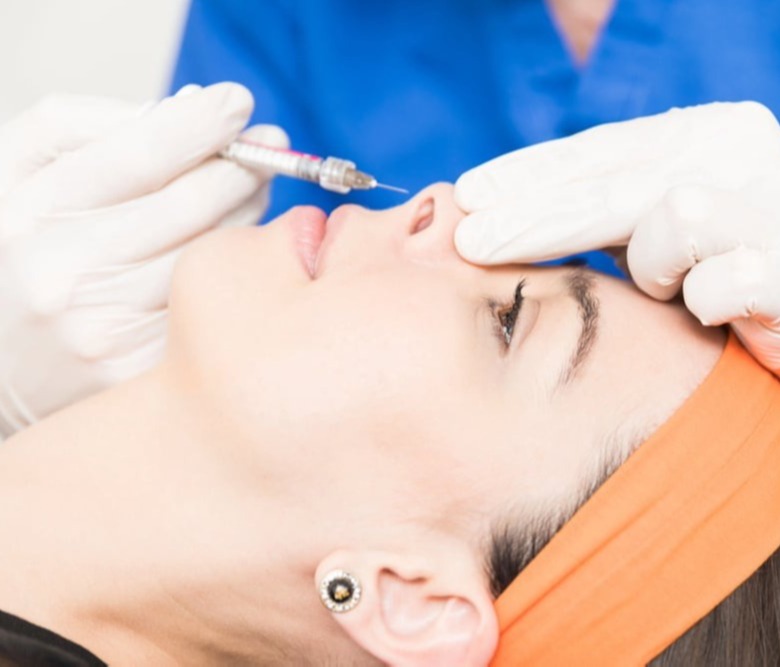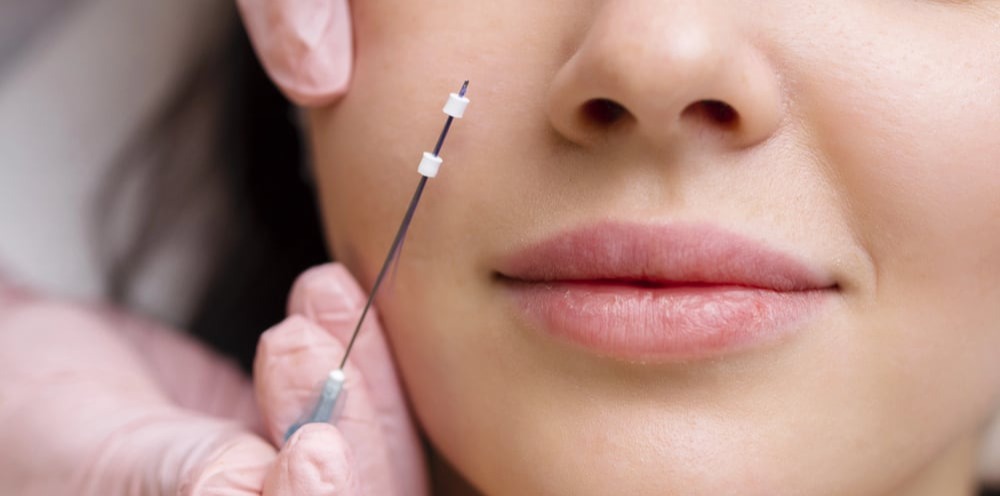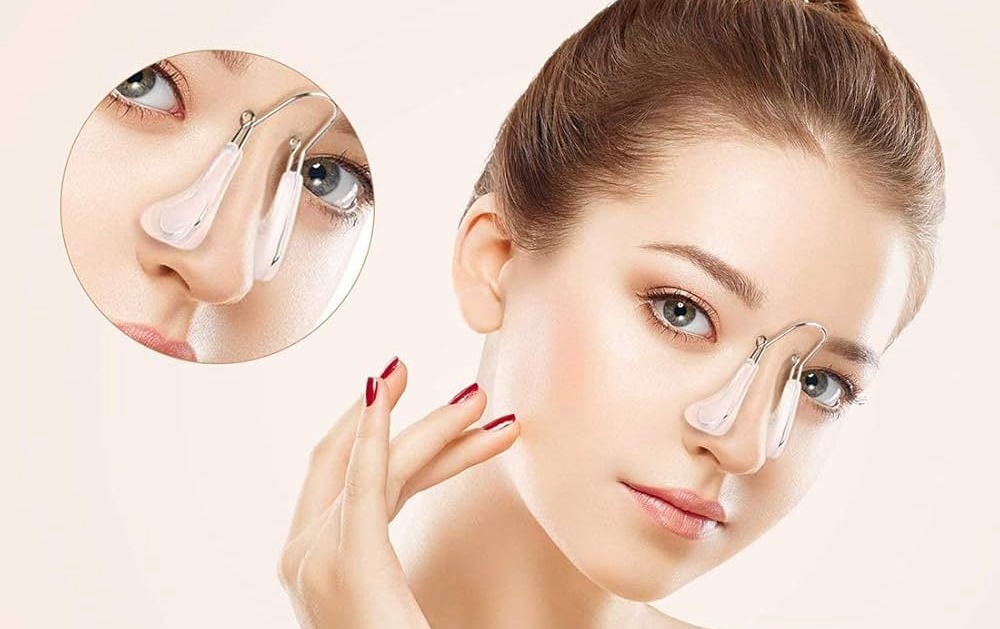Open Rhinoplasty
Open rhinoplasty involves making a small external incision on the columella (the tissue between the nostrils) in addition to internal incisions. This approach offers several advantages:
● Enhanced Visibility: Provides direct visualization of nasal structures, allowing for precise modifications
● Better Access: Facilitates more complex procedures, especially those involving the nasal tip
● Educational Value: Ideal for teaching purposes and documentation
● Precise Grafting: Allows for more accurate placement of cartilage grafts
However, open rhinoplasty does have some drawbacks:
● External scar (though typically very small and fades over time)
● Potentially longer operative time
● Possibly more postoperative swelling and a longer recovery period


